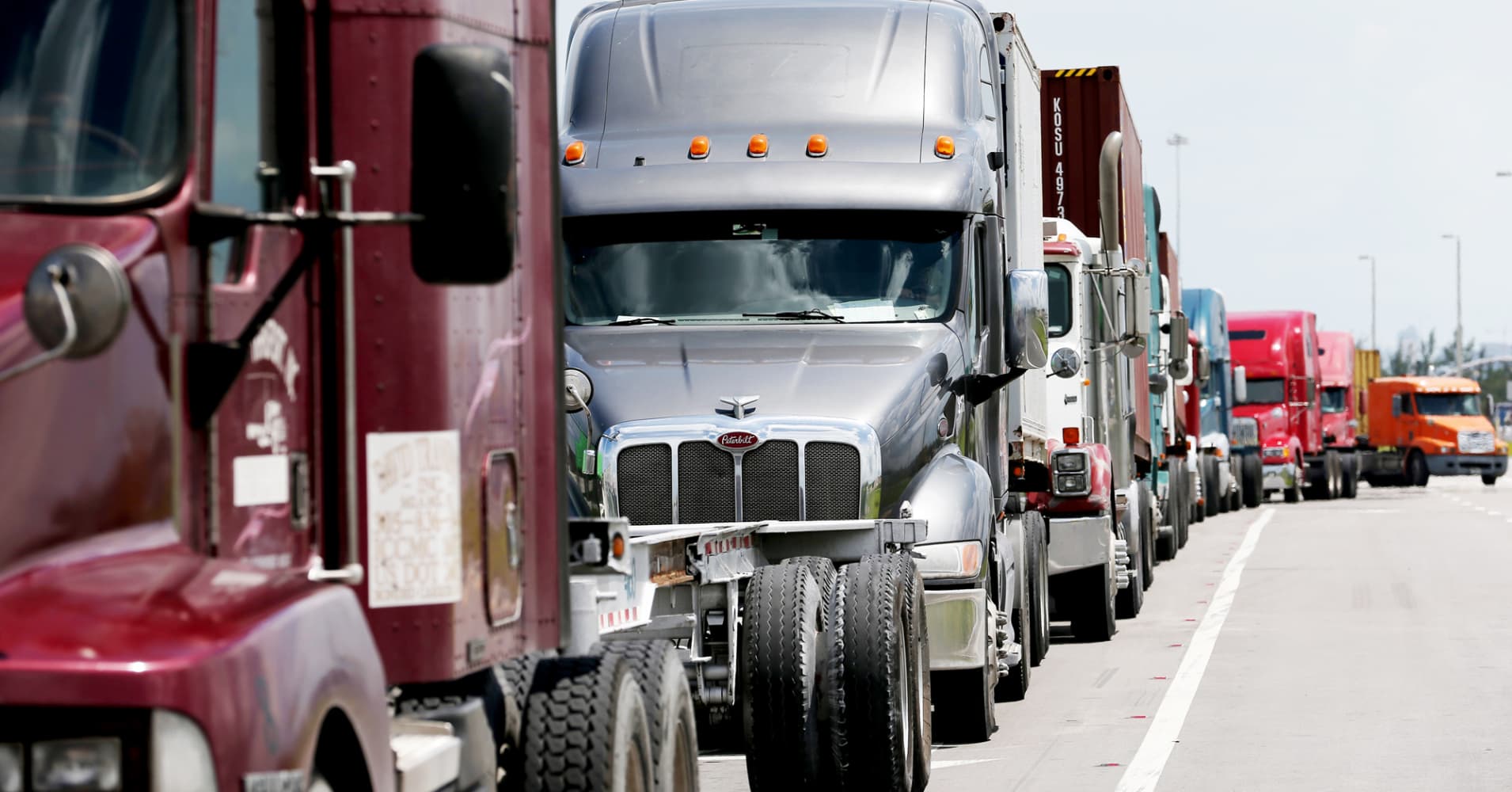
The U.S. economy slowed in the first quarter as consumer spending grew at its weakest pace in nearly five years, but the setback is likely temporary against the backdrop of a tightening labor market and large fiscal stimulus.
Gross domestic product increased at a 2.3 percent annual rate, the Commerce Department said in its snapshot of first-quarter GDP on Friday, also held back by a moderation in business spending on equipment and investment in home building.
The economy grew at a 2.9 percent pace in the fourth quarter. Economists polled by Reuters had forecast output rising at a 2.0 percent rate in the January-March period.
The first-quarter growth pace is, however, probably not a true reflection of the economy, despite the weakness in consumer spending. First-quarter GDP tends to be sluggish because of a seasonal quirk. The labor market is near full employment and both business and consumer confidence are strong.
Economists expect growth will accelerate in the second quarter as households start to feel the impact of the Trump administration’s $1.5 trillion income tax package on their paychecks. The tax cuts came into effect in January.
Lower corporate and individual tax rates as well as increased government spending will likely lift annual economic growth to the administration’s 3 percent target, despite the weak start to the year.
Federal Reserve officials are likely to shrug off tepid first-quarter growth. The U.S. central bank raised interest rates last month in a nod to the strong labor market and economy, and forecast at least two rate hikes this year.
Minutes of the March 20-21 meeting published earlier this month showed policymakers “expected that the first-quarter softness would be transitory,” citing “residual seasonality in the data, and more generally to strong economic fundamentals.”
Growth in consumer spending, which accounts for more than two-thirds of U.S. economic activity, braked to a 1.1 percent rate in the first quarter. That was the slowest pace since the second quarter of 2013 and followed the fourth quarter’s robust 4.0 percent growth rate.
Consumer spending in the last quarter was undercut by a decline in purchases of motor vehicles, clothing and footwear as well as a slowdown in food and beverages outlays. This likely reflects delayed tax refunds.
According to surveys, the tax cuts did not reflect on many workers’ paychecks until late in the first quarter. Income at the disposal of households increased at a 3.4 percent rate in the first quarter, accelerating from the fourth quarter’s 1.1 percent pace. Households also boosted savings during the quarter.
Be the first to comment